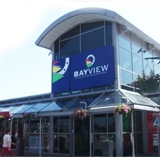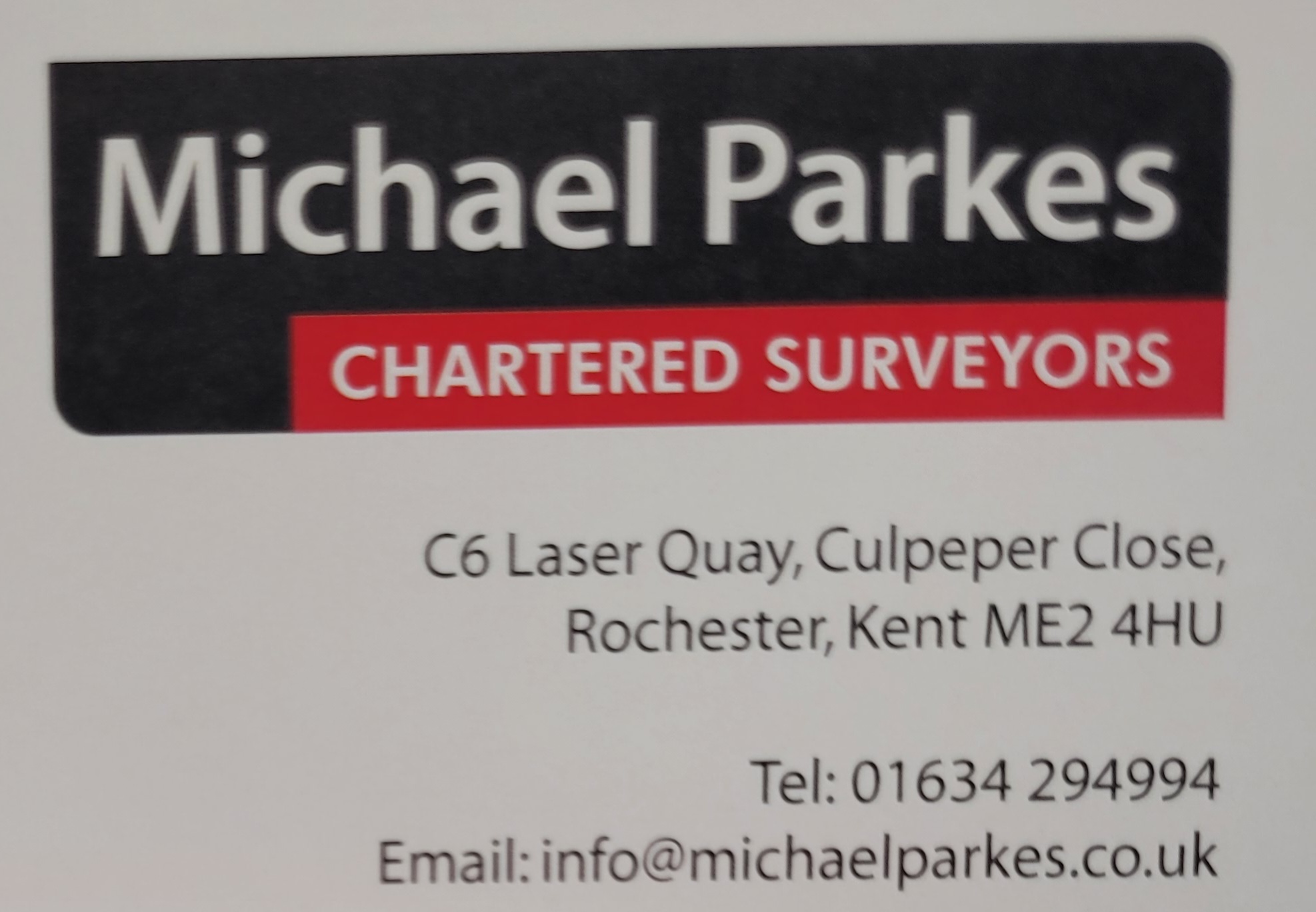Information
-
Document No.
-
Audit Title
-
Client / Site
-
Conducted on
-
Prepared by
-
Location
-
Personnel
-
What precautions are taken to protect staff when undertaking cleaning of the cooling tower?
Managing the risks: Roles and Responsibilities
-
Has a 'responsible person' been designated?
-
Is there a designated deputy responsible person?
-
Are contact details for these people readily available?
-
Are the roles and responsibilities for these people clearly defined?
-
Have the people involved in the management process had suitable training?
-
Are all contractors involved in the management process clearly identified?
-
Is the scope of work for each contractor clearly defined?
-
Has contractor competency been checked?
-
Have all other H&S issues related to water treatment management processes been considered?
Cooling Towers
-
Are there any cooling towers at the building?
-
Has the cooling tower(s) been notified to the local authority?
-
Is there a written scheme for controlling the risk from exposure to legionella bacteria
-
Does the scheme contain an up-to-date plan of the system (a schematic plan is acceptable)?
-
Does the plan show:
- all cooling towers?
- all system control valves?
- all stand-by equipment, e.g. spare pumps?
- the location of system bleed valves?
- all associated storage tanks?
- all associated pipework?
- the location of chemical dosing points and/or injection points?
- the location of the system drain valve?
- the origin of the water supply?
- any parts that may be temporarily out of use?
-
Does the scheme contain instructions for operating the system?
Cooling systems: Design and construction
-
Does the position of the cooling tower affect:
-
Is the cooling tower constructed from impervious materials?
-
Are drift eliminators fitted?
-
Are they:
-
Is the area above the pond as enclosed as possible?
-
Are all visible surfaces free from:
-
Does the water flow evenly across the fill pack?
-
Have all of the folowing been removed as far as possible:
-
Are all those parts of the tower that become wet, acessible and/or removable for cleaning?
Cooling Tower Operation and Maintenance
-
Is the system in regular operation?
-
Are there procedures in place to operate standby equipment on a rotational basis?
-
Is there an operations manual for the cooling system?
-
If the tower is not in regular use, is it run once a week to circulate the treatment chemicals to all parts of the system?
-
If the tower is out of use for longer than a week, are there procedures in place to bring the tower back into operation safely?
Water treatment programme
-
Is there a water treatment programme in place?
-
Are chemicals/biocides used to control:
-
If no to any of the above, list the methods used below:
-
If non-oxidising biocides are used, are two types used alternately?
-
Are chemicals dosed automatically?
-
If yes, are the pumps calibrated regularly?
Monitoring
-
Is there a daily check to make sure that the system is operating as per the operations manual?
-
Is there a daily visual check of the cleanliness of the water in the system?
-
Is the physical condition of the system checked at least every week?
-
Is the chemical composition of the cooling and make-up water monitored on a regular basis?
-
Are the safe operating limits for each parameter which is being measured, known and recorded in the Water Treatment Log Book?
-
Is the corrective action for out of limits situations recorded in the Water Treatment Log Book?
-
Are the results of all tests and checks recorded?
-
Are details of all remedial actions taken, recorded in the Water Treatment Log Book?
-
Are dip slides taken on a weekly basis?
-
Do the dip slides undergo the correct incubation process?
-
Are results recorded so that trends over time can be identified?
-
Are samples taken quarterly, to test for legionella?
-
Has there been a need to test more frequently due to elevated readings?
Cleaning and disinfection
-
Is there a written procedure for regular cleaning and disinfection of the system?
-
Does this take place at least every 6 months?
-
Does the cleaning and disinfection include:
-
If packs cannot be removed, are there alternative methods of making sure that they remain clean in place?
-
What methods are used to achieve this?
-
If the system is not closed down every 6 months, list the reasons why, and the alternative measures taken to ensure the cleanliness of the system:
Hot and cold water services
-
Type of system:
-
Is there a written scheme for controlling the risk from exposure to legionella bacteria?
-
Does the scheme contain an up to date plan of the system (a schematic is acceptable)?
-
Does the plan show and identify:
- all system plant, for example water softeners, filters, strainers, pumps, non-return valves and all outlets, for example showers, wash-hand basins etc.?
- all standby equipment, for example spare pumps?
- all associated pipework and piping routes?
- all associated storage and header tanks?
- the origin of the water supply?
- any parts that may be out of use temporarily?
-
Does the scheme contain instructions for the operation of the system?
-
Does the scheme contain details of the precautions to be taken to control the risk of exposure to legionella bacteria?
-
Does the scheme contain details of the checks that are to be carried out (and their frequency) to ensure that the scheme is effective?
Design and construction
-
Are low corrosion materials used?
-
Are TMV's fitted in the system?
-
Are the TMV's fitted as close to the point of use as possible?
-
Cold water system
-
Are low use outlets installed upstream of higher used outlets?
-
Has the amount of cold water storage been assesed and minimised, i.e. holds enough water for a day's use only?
-
Is pipework insulated, and kept as far away from heat sources as possible?
-
Is the cold water tank:
-
Hot water system
-
Does the calorifier storage capacity meet normal daily fluctuations in hot water use while maintaining a supply temperature of at least 50°C?
-
Are the hot water distribution pipes insulated?
-
Are multiple calorifiers, connected in parallel in use?
-
Does the calorifier have the following fitted:.
- fitted correctly?
- effective?
Operation and maintenance
-
Operation and maintenance
-
If the water supplied to your building is not mains supply, has the water been pre-treated to make sure it is of the same quality as the mains
-
Is the entire contents of the calorifier(s), including the base(s), heated to 60*C for an hour each day, for example by using a shunt pump?
-
Are all outlets that are not needed cut back as far as the main pipe run?
-
Are there arrangements to incorporate standby equipment, for example calorifiers, pumps, into routine use?
-
If little used outlets have not been removed, are there arrangements in place to either:
- flush them through on at least a weekly basis?
- carry out a safe purge of stagnant water before use?
-
If thermostatic mixing valves are fitted, are they included in the maintenance schedule?
-
If fitted, is the temperature of the water supply to the thermostatic mixing valves checked on a monthly basis?
Water treatment processes
-
Is there a water treatment programme in place?
-
Is temperature used as a control method?
-
Are biocides used as a control method? If yes, gives details below:
Monitoring
-
Temperature
-
If there is a risk of scalding (for example where the young, elderly or disabled may use the outlets), are thermostatic mixing valves fitted?
-
Is the temperature of sentinel hot and cold water outlets checked on a monthly basis?<br><br>(Note: cold water should be 20*C or below, hot water at least 50*C)
-
If fitted, is the temperature of the water supply to thermostatic mixing valves checked on a six-monthly basis?
-
Is the temperature of the water in the outlet and return pipes of the calorifier checked on a quarterly basis?
-
Is the temperature of the incoming water supply checked on a six-monthly basis?
-
Is the temperature of a representative number of hot and cold water outlet checked on an annual basis?
-
Biocides
-
Is the control level required, known and recorded in the operations manual?
-
Is the rate of release/rate of addition of biocides known and recorded?
-
Is the concentration of biocides at sentinel outlets checked on a monthly basis?
-
Is the concentration of biocide checked at representative outlets on an annual basis?
-
General
-
On an annual basis is there:
- a drain valve?
- a temperature gauge on the inlet and outlet?
- an access panel?
-
Are the results of all tests and checks recorded, together with details of any remedial action taken (if required)?
-
Microbiological
-
Are there procedures in place to identify circumstances when either general microbiological monitoring or sampling for legionella would appropriate?
-
If there are procedures in place, do these identify where samples should be taken, and the frequency and actions required?
Cleaning and disinfection
-
Have the circumstances when cleaning and disinfection of the hot water system would be appropriate been identified?
-
If cleaning and disinfection were to be carried out, which of the the following methods would be used?
- dead legs/blind ends?
- redundant pipework?
- redundant plan?
-
Are procedures in place for the chosen method of cleaning and disinfection?









